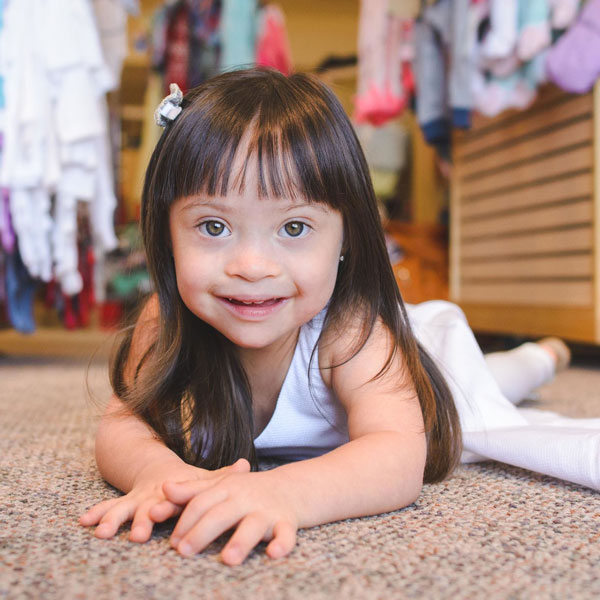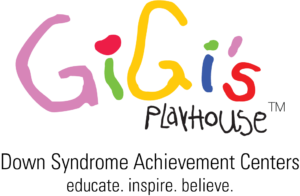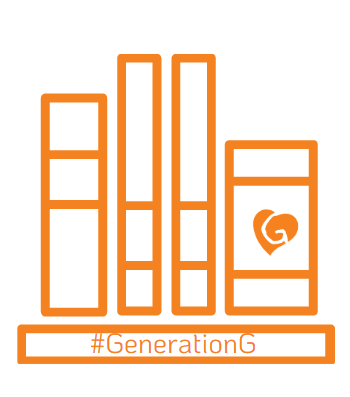5 Ways to Nurture Learning in Children with Down syndrome

Check out these 5 ways to nurture a love of learning in children with Down syndrome.

SPARK CURIOSITY
Ask an open-ended question… then WAIT! Sometimes children with Down syndrome just need a little extra processing time. Interruptions or too many questions can be overwhelming. When you give them time to answer they can truly show you what they know. This will build confidence and show you how curious they really are about the world around them!
-
-
-
-
- Why do we wear socks?
- How does a giraffe sleep?
- What color would you paint your dream house?
-
-
-
ENCOURAGE READING & HEALTHY DIALOGUE
Reading not only opens our minds to new adventures and possibilities, it can also help children understand emotions and foster empathy. Making purposeful, positive comments and asking questions about characters in a book is a great way to open the door to healthy dialogue. Talk about differences in physical appearance, abilities, cultures, and celebrate what makes us each unique!
- Joey’s eyes are blue like yours and Vicki’s eyes are brown like Mommy’s. How fun that we are each special in our own way!
- The teacher seems sad. How could you help him smile?
- Alison uses a wheelchair to get around school and rides up and down the ramps. Karen takes the stairs. Tim uses a cane because he hurt his leg. They are all different, but working together nicely to put the puzzle together!
 IDENTIFY PREFERRED LEARNING STYLES
IDENTIFY PREFERRED LEARNING STYLES
Say it, show it, read it, sing it, jump it, dance it, taste it, tap it, sign it!
We are all unique and have different ways of taking in and storing information. We have things we like, things we don’t, things we think are interesting and things that are not. It’s important to engage all of the senses and teach in a variety of ways to identify your child’s preferred learning style and interests. Does your child learn best with visuals? Spoken or written words? Music or movement? Try them all!
SHOW MORE, TALK LESS! 
One of the most effective ways to present information to children with Down syndrome is to use VISUALS. The pathway from the eyes to the brain is much stronger than the pathway from the ears to the brain. Use visual guides, schedules, choice boards, to-do lists, rule cards.
Remember to be clear and concise with instructions. Leaving little to no room for mistakes promotes confidence and a healthy learning experience. When it comes to literal learning, children do not always learn from mistakes – instead, they can learn their mistakes. Be positive and guide them!

INSPIRE CREATIVITY
Stock your home with art and craft supplies! Cutting images out of a magazine, bending pipe cleaners, gluing macaroni noodles to a piece of paper, and drawing with crayons are all fun activities to help children learn and explore their imaginations. The best part? It also enhances gross and fine motor skills. Don’t forget to hang their masterpiece on the wall for all to see!
GiGi’s national and local programming offers foundational learning opportunities for adults and children with Down syndrome, their families and the community. Learn about all of our programs here:
Recent Posts







These are great tips!
Thank you for putting this out there. I agree with your opinion and I hope more people would come to agree with this as well.
Thanks for sharing this information. My granddaughter was born with down syndrome. She is so beautiful and she does smile all the time which makes us smile alot. I’m learning sign language because her teachers teach her sign language. I love her so much and want to always be around her and communicate with her. Any way I can learn the sign language for grandmas. I bought books but I think I need a big poster.